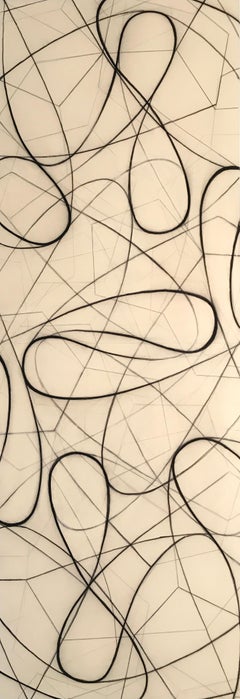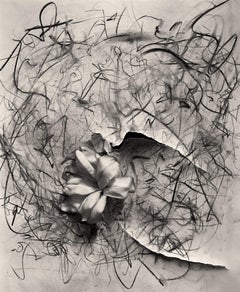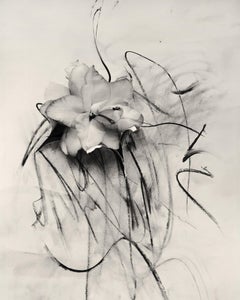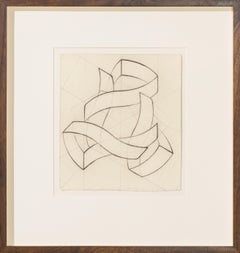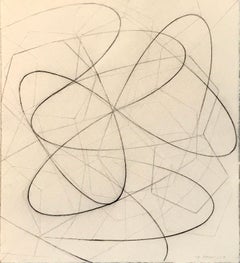Mark Pomilio Drawings and Watercolor Paintings
2010s Abstract Mark Pomilio Drawings and Watercolor Paintings
Paper, Charcoal
21st Century and Contemporary Abstract Expressionist Mark Pomilio Drawings and Watercolor Paintings
Paper, Photographic Film, Charcoal, Archival Ink, Archival Paper
21st Century and Contemporary Abstract Expressionist Mark Pomilio Drawings and Watercolor Paintings
Paper, Photographic Film, Charcoal, Archival Ink, Archival Paper
21st Century and Contemporary Abstract Expressionist Mark Pomilio Drawings and Watercolor Paintings
Paper, Photographic Film, Charcoal, Archival Ink, Archival Paper
1930s Abstract Expressionist Mark Pomilio Drawings and Watercolor Paintings
Paper, Charcoal
20th Century Abstract Mark Pomilio Drawings and Watercolor Paintings
Paper, Charcoal, Gouache
2010s Abstract Expressionist Mark Pomilio Drawings and Watercolor Paintings
Paper, Glue, Charcoal, Acrylic
21st Century and Contemporary Abstract Expressionist Mark Pomilio Drawings and Watercolor Paintings
Paper, Photographic Film, Charcoal, Archival Ink, Archival Paper
2010s Abstract Expressionist Mark Pomilio Drawings and Watercolor Paintings
Ink, Glue, Charcoal, Acrylic, Paper
2010s Abstract Expressionist Mark Pomilio Drawings and Watercolor Paintings
Charcoal, Photographic Paper, Acrylic, Canvas
1930s Abstract Expressionist Mark Pomilio Drawings and Watercolor Paintings
Paper, Charcoal
21st Century and Contemporary Abstract Expressionist Mark Pomilio Drawings and Watercolor Paintings
Paper, Photographic Film, Charcoal, Archival Ink, Archival Paper
2010s Abstract Mark Pomilio Drawings and Watercolor Paintings
Paper, Charcoal, Acrylic
2010s Abstract Mark Pomilio Drawings and Watercolor Paintings
Paper, Charcoal
2010s Abstract Mark Pomilio Drawings and Watercolor Paintings
Paper, Charcoal
2010s Abstract Geometric Mark Pomilio Drawings and Watercolor Paintings
Charcoal, Archival Paper
2010s Abstract Geometric Mark Pomilio Drawings and Watercolor Paintings
Charcoal, Archival Paper, ABS
2010s Abstract Geometric Mark Pomilio Drawings and Watercolor Paintings
Charcoal, Archival Paper
2010s Abstract Geometric Mark Pomilio Drawings and Watercolor Paintings
Charcoal, Archival Paper
2010s Abstract Mark Pomilio Drawings and Watercolor Paintings
Charcoal, Archival Paper
2010s Abstract Geometric Mark Pomilio Drawings and Watercolor Paintings
Paper, Charcoal
2010s Abstract Geometric Mark Pomilio Drawings and Watercolor Paintings
Paper, Charcoal
2010s Abstract Mark Pomilio Drawings and Watercolor Paintings
Paper, Charcoal
2010s Abstract Geometric Mark Pomilio Drawings and Watercolor Paintings
Charcoal, Archival Paper
2010s Abstract Geometric Mark Pomilio Drawings and Watercolor Paintings
Charcoal, Archival Paper
